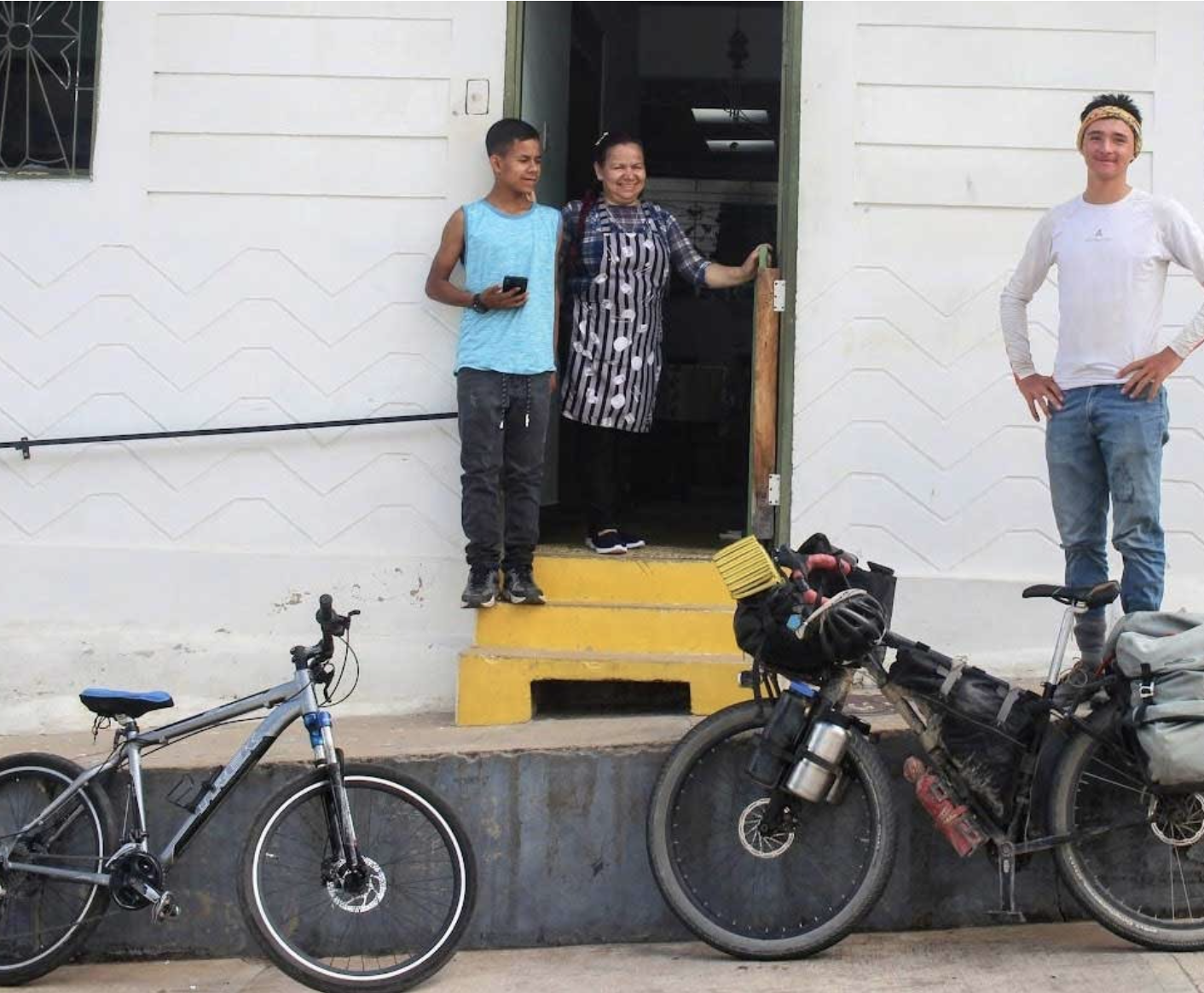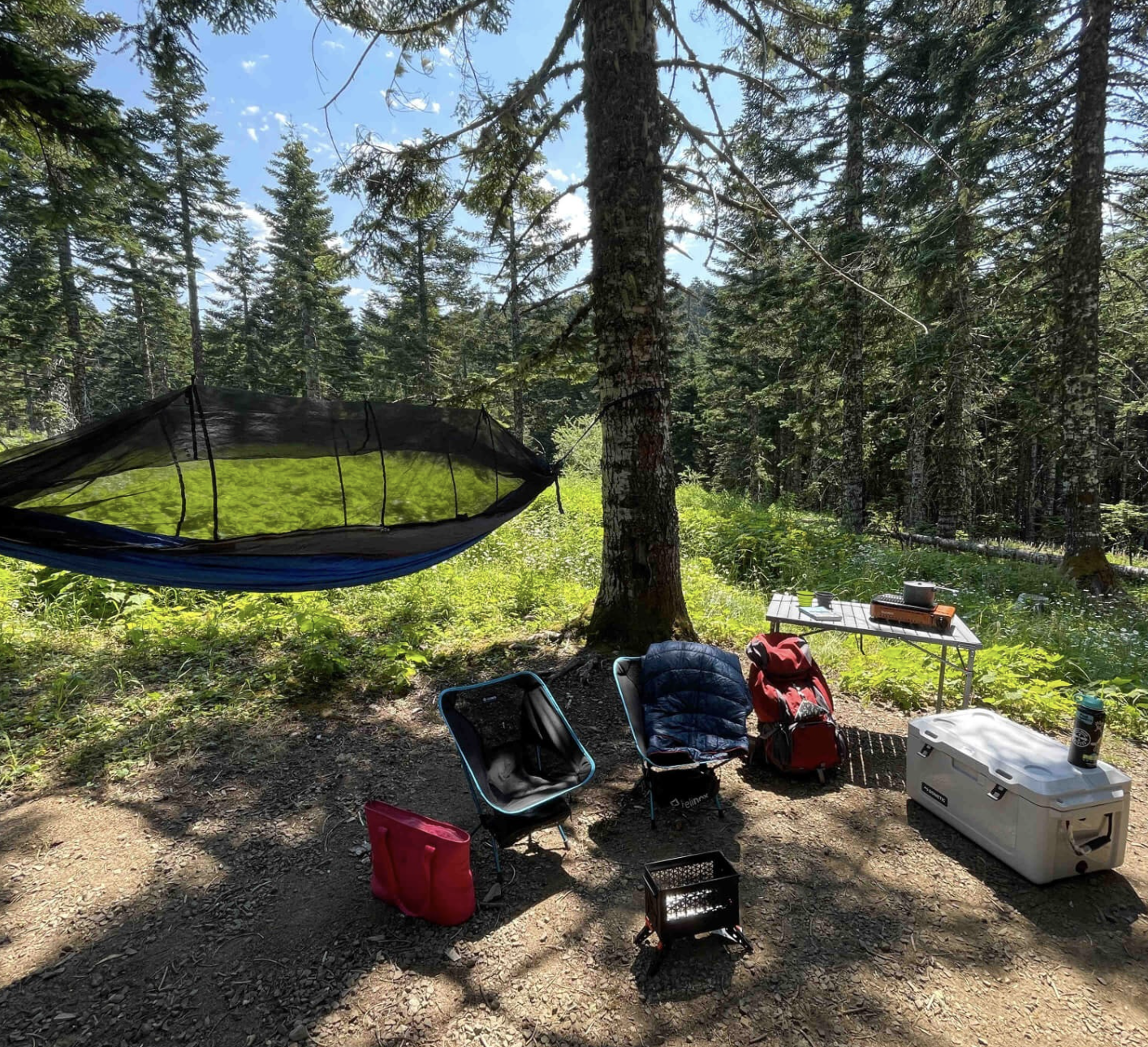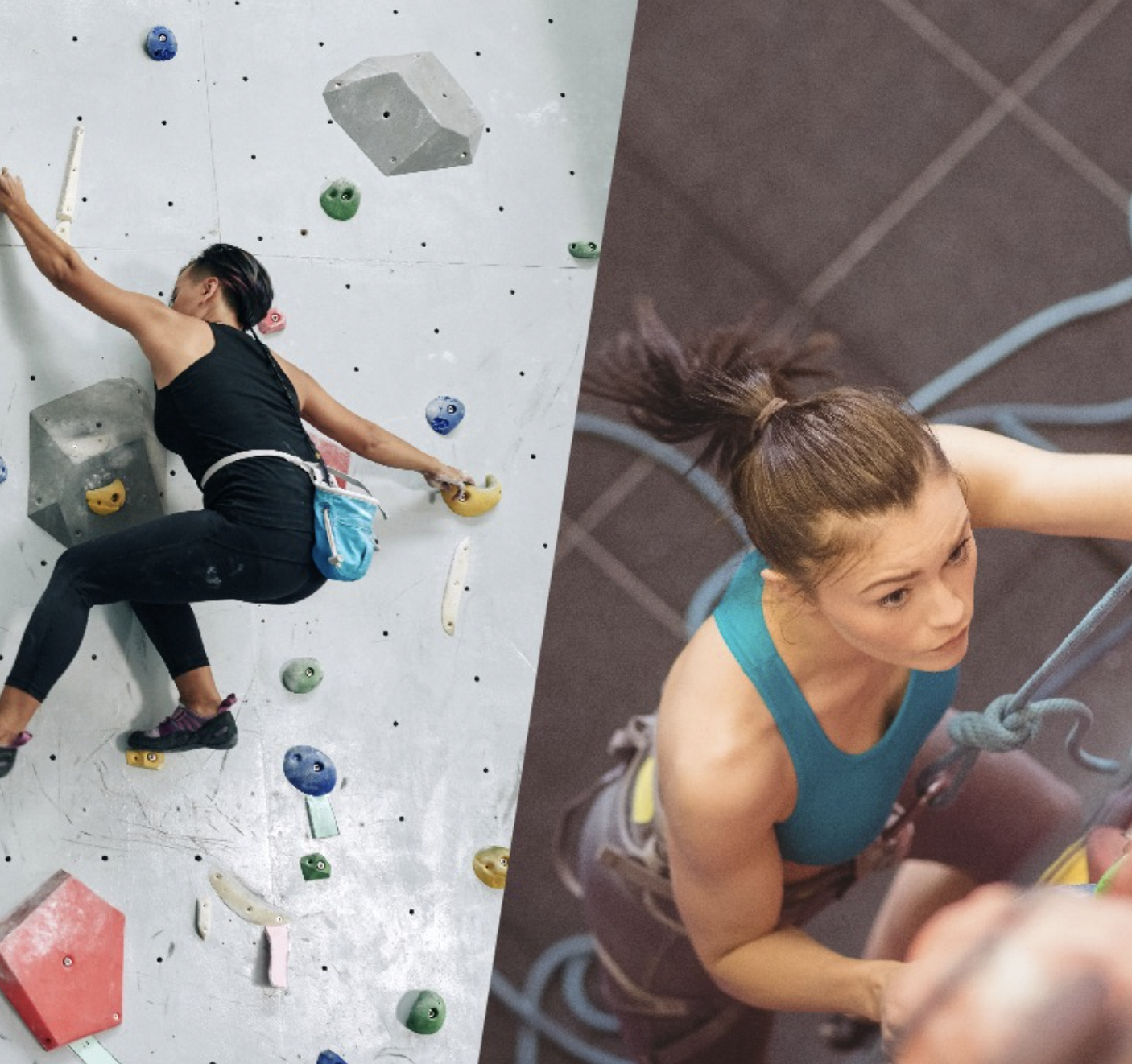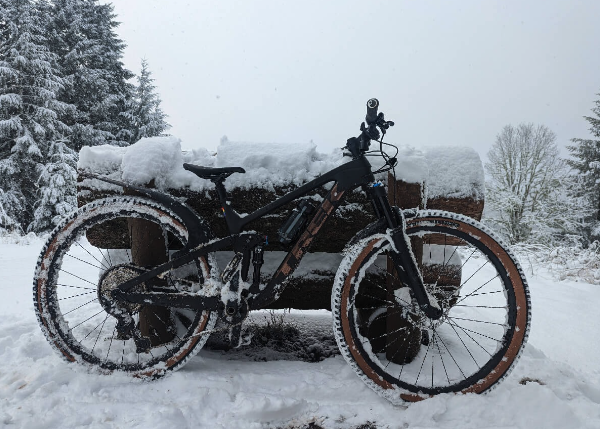Blogs
Snowshoeing Basics
With plenty of snow at higher elevations, resorts have opened their doors to skiers and snowboarders looking to make the most of the season. If you’re new to the area or simply new to snow sports, getting your hands on a set of skis or a snowboard might feel like an expensive and challenging leap you’re not quite ready to take. Fortunately, a lower-cost and less skill-intensive option exists in the form of snowshoeing.
Snowshoeing is a great way to dip a toe into the realm of winter sports. It offers an easy way to explore snow-covered vistas and get a bit of exercise without requiring much specialty gear. In fact, you likely have most of the equipment needed to enjoy snowshoeing in the form of layered clothing, hiking boots, a backpack, and a water bottle. The only sport-specific equipment required is a set of snowshoes and a pair of trekking or ski poles (and even the poles are optional, though highly recommended).
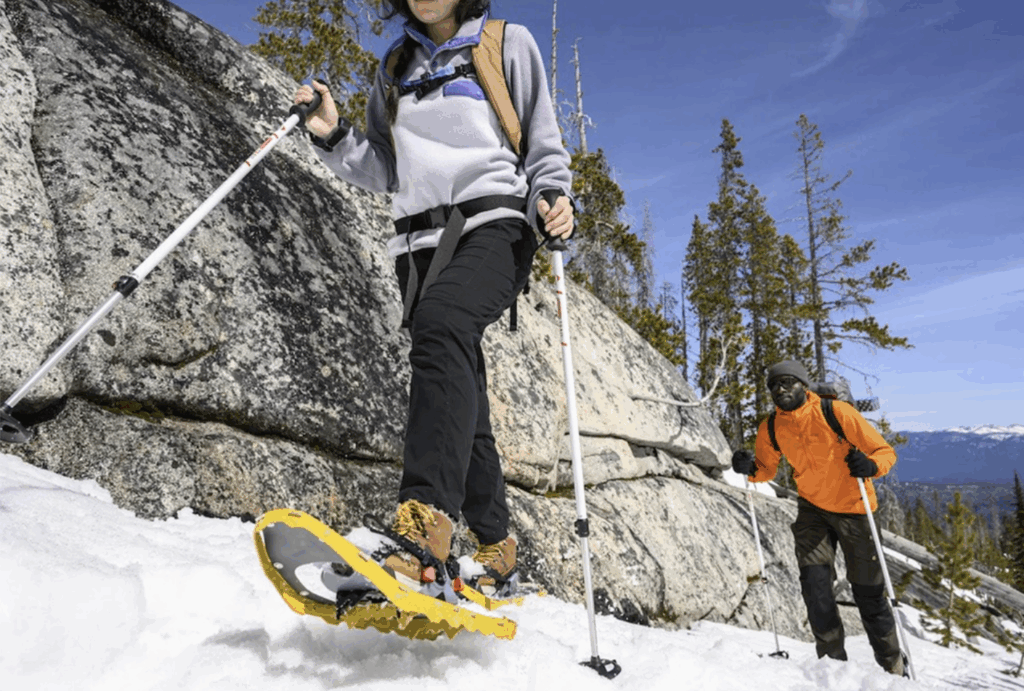
Snowshoes come in a range of price points, but you can expect a solid pair good for beginners to cost about $150. Most modern snowshoes feature an aluminum frame with durable plastic decking or a one-piece composite construction. Both will use crampons–spiky metal underfoot protrusions–to provide traction on snow and ice. Additionally, snowshoes feature a variety of binding systems meant to wrap around your hiking boots.
Sizing, unlike shoes, is based on weight instead of foot length. The longer a snowshoe, the more weight it can keep afloat on soft powder.
Similarly, poles are offered in a variety of prices and styles. In general, you’ll want a pair of adjustable poles equipped with snow baskets (plastic discs on the end of the pole that prevent them from piercing straight through the snow). You don’t need snowshoeing-specific poles, either. If you have a set of hiking or ski poles already in your garage, they’ll likely work great for snowshoeing provided they have an ample enough basket.
You can expect a new pair of poles good for beginners to cost about $50. Again, these aren’t required for snowshoeing, but they’ll make it easier to balance on uneven terrain and provide extra traction when tackling steeper ascents.
Like other outdoor sports, safety is an important consideration. In that regard, it’s best to wear layered clothing you can add and take off to regulate your body temperature. A good pair of sunglasses go a long way toward protecting your eyes from the bright glare of snow. Similar to hiking, you’ll want to bring along water and snacks to stay hydrated and replace the calories you burn.

For beginners and families with younger snowshoers, start short and plan routes around a mile long to start. For more experienced hikers, shoot for no more than about half the distance you usually hike until you get a sense of the distance you can comfortably cover in a given amount of time. Snowshoeing is generally slower than simply walking or hiking, and while it has a gentle learning curve, it does require more energy due to the added weight of the snowshoes and softer terrain.
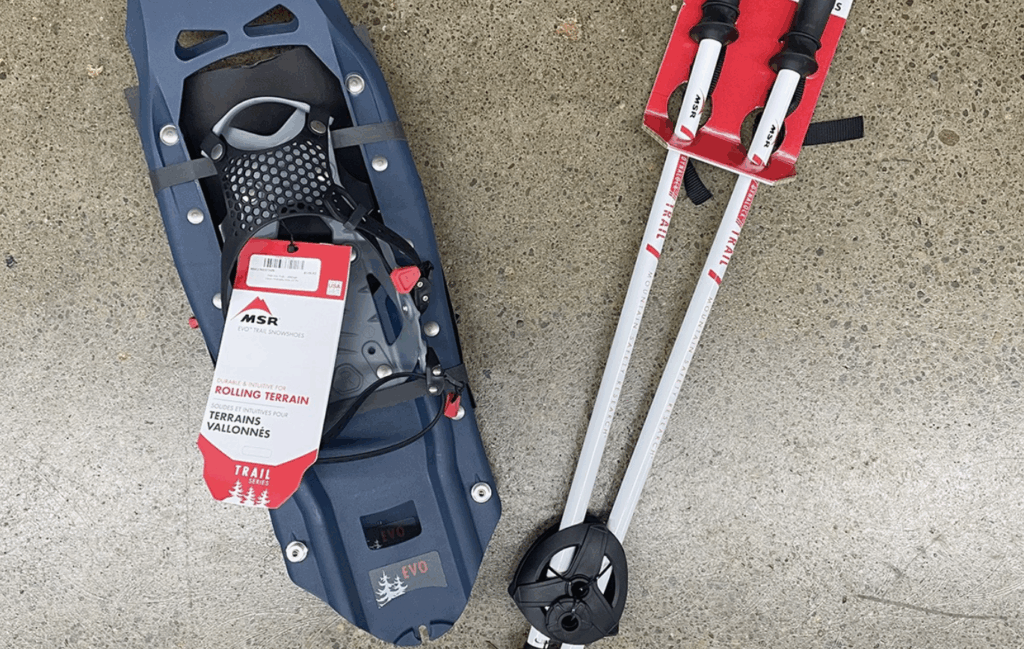
Fortunately, there is a bevy of sno-parks along Highway 20 near Hoodoo Ski Area. Ray Benson Sno-Park and Maxwell Sno-Park are a couple of popular options with well-established trails you can explore and longer loops you can work your way toward tackling as you grow more experienced and build your endurance.
If you’d like to explore snowshoeing, browse our gear offerings, or get recommendations for the best snowy vistas to explore, stop by the Peak Sports Outdoor Shop! Our sales guides are experts in snow sports and can direct you to the best products to match your needs and budget. We look forward to helping you explore the wonderful world of cold-weather outdoor adventuring!
If you want to try before you buy, you can rent snowshoes and poles directly from us!

